

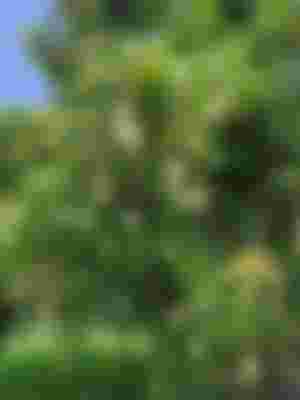
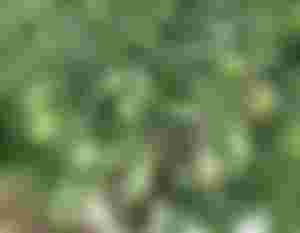
Mangifera indica, commonly known as mango, is a species of flowering plant in the sumac and poison ivy family Anacardiaceae. It is native to the Indian subcontinent where it is indigenous. Hundreds of cultivated varietieshave been introduced to other warm regions of the world. It is a large fruit-tree, capable of growing to a height and crown width of about 30 metres (100 ft) and trunk circumference of more than 3.7 metres (12 ft).[3]
Mangifera indicaConservation status
Data Deficient (IUCN 2.3)[1]Scientific classificationKingdom:PlantaeClade:TracheophytesClade:AngiospermsClade:EudicotsClade:RosidsOrder:SapindalesFamily:AnacardiaceaeGenus:MangiferaSpecies:M. indicaBinomial nameMangifera indica
L.[2]Synonyms[2]
Mangifera amba Forssk.
Mangifera anisodora Blanco
Mangifera austroyunnanensis Hu
Mangifera balba Crevost & Lemarié
Mangifera cambodiana (Pierre) Anon.
Mangifera domestica Gaertn.
Mangifera equina Crevost & Lemarié
Mangifera gladiata Bojer
Mangifera kukulu Blume
Mangifera laxiflora Desr.
Mangifera linnaei Korth. ex Hassk.
Mangifera maritima Lechaume
Mangifera mekongensis (Pierre) Anon.
Mangifera montana B.Heyne ex Wight & Arn.
Mangifera oryza Crevost & Lemarié
Mangifera rostrata Blanco
Mangifera rubra Bojer
Mangifera sativa Roem. & Schult.
Mangifera siamensis Warb. ex Craib
Mangifera viridis Bojer
Young mango tree
Mature mango tree
Tree in Hallandale Beach, Florida
The species domestication is attributed to India around 2000 BCE.[4] Mango was brought to East Asia around 400–500 BCE, in the 15th century to the Philippines, and in the 16th century to Africa and Brazil by Portuguese explorers.[5] The species was assessed and first named in botanical nomenclature by Linnaeus in 1753.[6] Mango is the national fruit of India, Pakistan and the Philippines and the national tree of Bangladesh

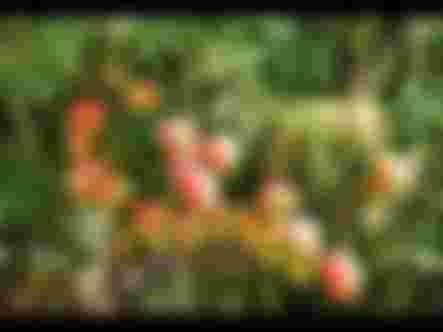
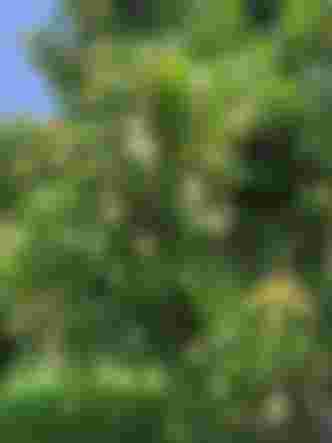
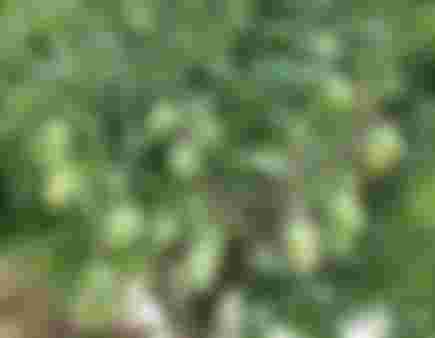
nice article dear.. keep it up...